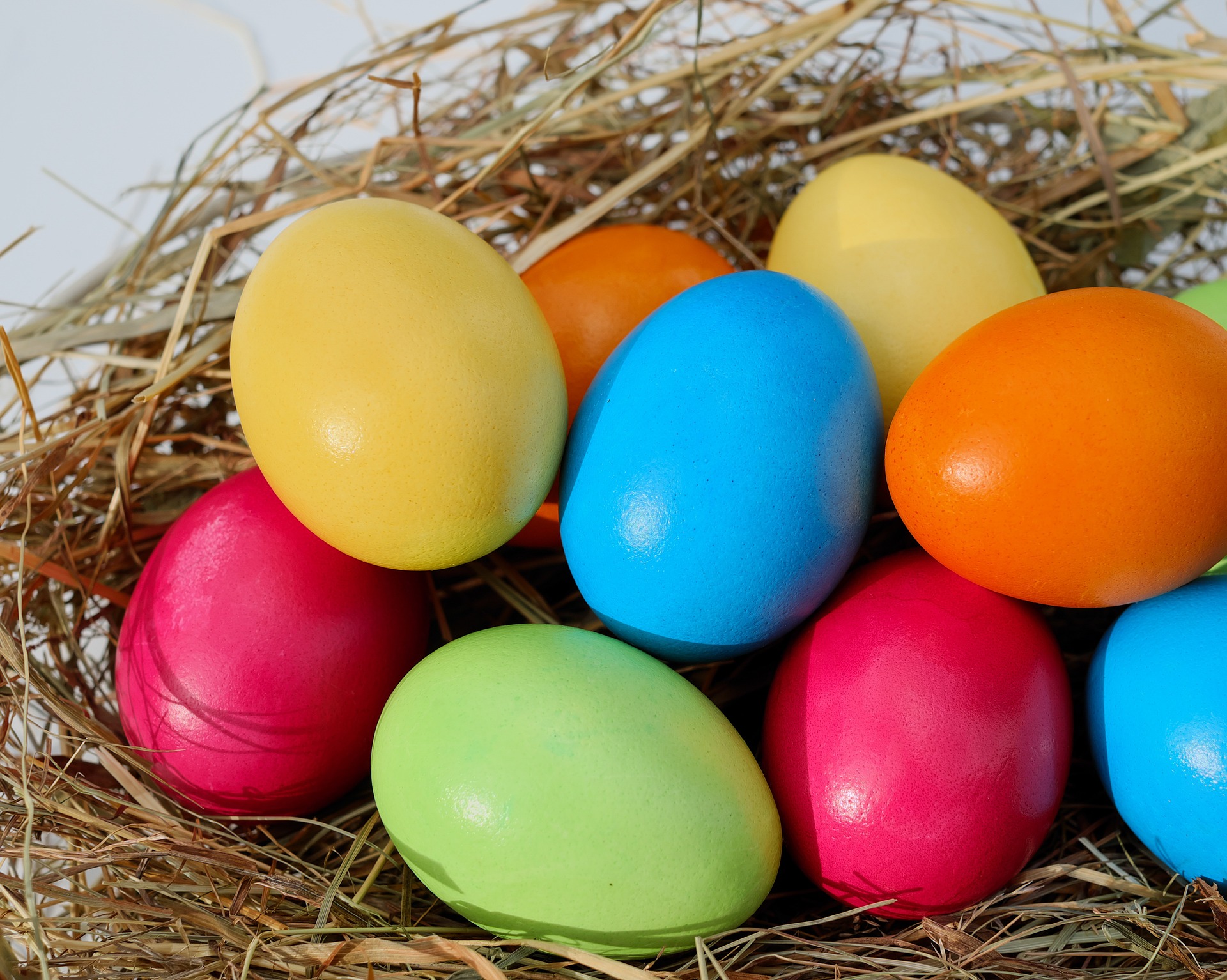The environmental organization “Vier Pfoten” advises consumers to be careful when buying dyed Easter eggs before Easter. Here you can find out what to look for and how best to dye eggs yourself.
Austrians eat this festive meal at Easter
Easter is egg time: Unlike uncolored fresh eggs, coloured eggs are considered processed and therefore do not have to be marked with the usual identification stamp indicating the origin and farming method.
“Fortunately, supermarkets often voluntarily label coloured eggs on the package, especially those from Austria. Nevertheless, the consumers should pay attention and do without marking the eggs completely. Also, on Easter markets, the risk is given that unmarked coloured eggs from foreign cage attitude originate, guesses four paw campaign chief Veronika Weissenböck.
Given this year’s shortage of coloured Easter eggs from domestic hens, it could theoretically be that the trade will additionally stock up on eggs from abroad. “Almost 50 percent of the laying hens in the European Union still live in cages, which are finally history in Austria since 2020. Without voluntary labeling, of course, you risk consuming this imported animal torture,” says Weissenböck.
“Vier Pfoten” (Four paws) advises consumers to reach for organic free-range eggs
Generally advises “four paws” for all, which do not want to do without Easter eggs, exclusively from a bio-free-range attitude. This is the best form of farming and bears the number 0 on the label stamp. The number 1 stands for free-range agriculture, the number 2 for barn husbandry, and the number 3 stands for farming in cages.
The environmental consultation gives tips, on which one should pay attention with the self-dyeing of Easter eggs. From the stamp imprints of the raw eggs can be read whether the egg comes from organic farming. If zero can be seen as the first digit, it means that it is an organic egg, and that means:
- more space and run for the animals
- feed exclusively from organic farming
- no preventive use of medicines and dyes in feeding
For eggs, which it is ready coloured to buy, no marking obligation applies concerning attitude form and country of origin, also warns the environmental consultation. Therefore it is not always evident when shopping where the coloured eggs come from and how the hens are kept.
This is how you can still use Easter eggs after Easter
If the shell is not damaged, boiled eggs will keep in the refrigerator for at least two weeks. To use them up, the egg spread is perfect.
By the way, the shells of naturally coloured eggs can be rubbed into fertilizer. The Environmental Advisory Service shows on its website how to do this and for which plants this lime flour is suitable.
This post has already been read 1037 times!



